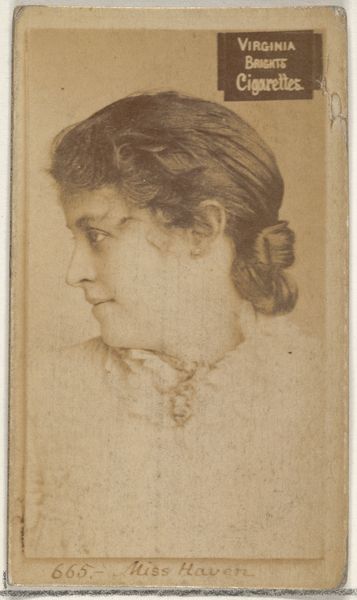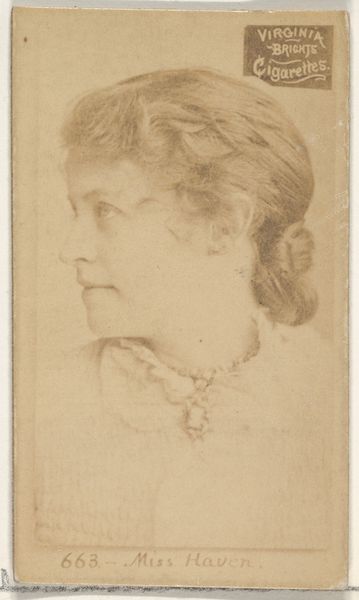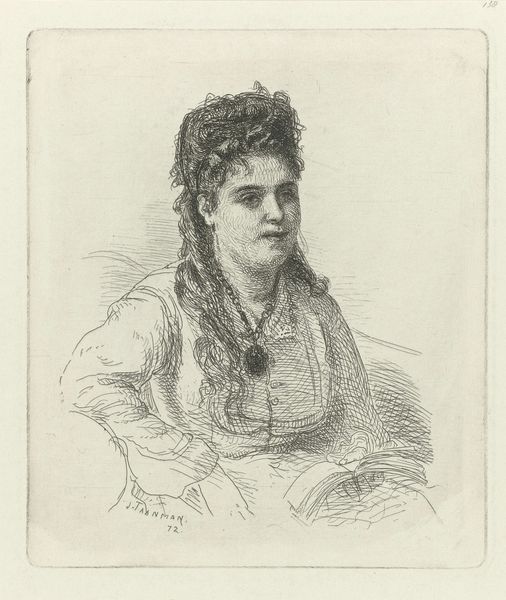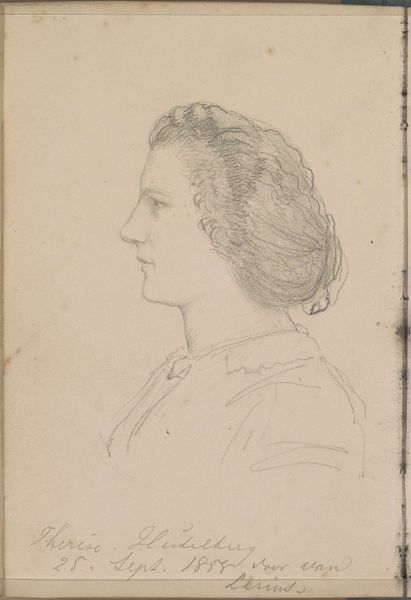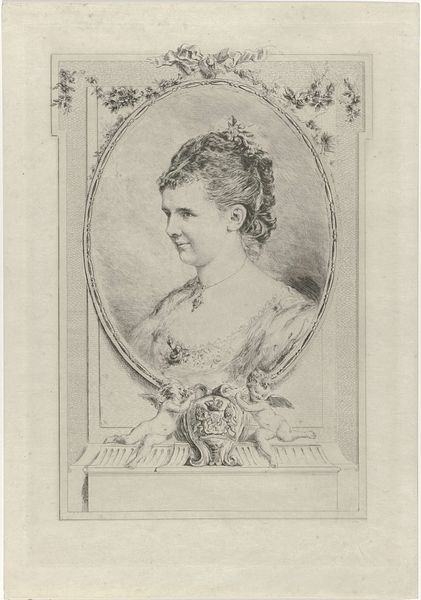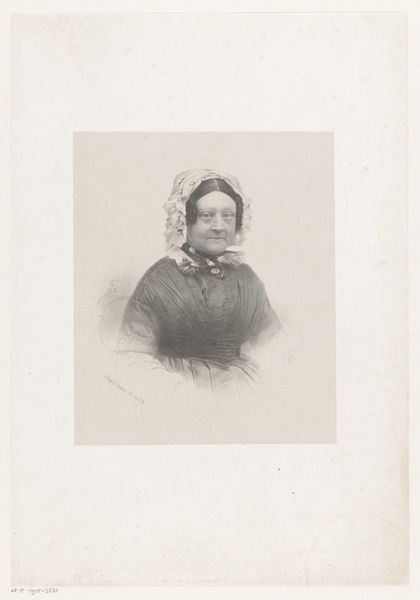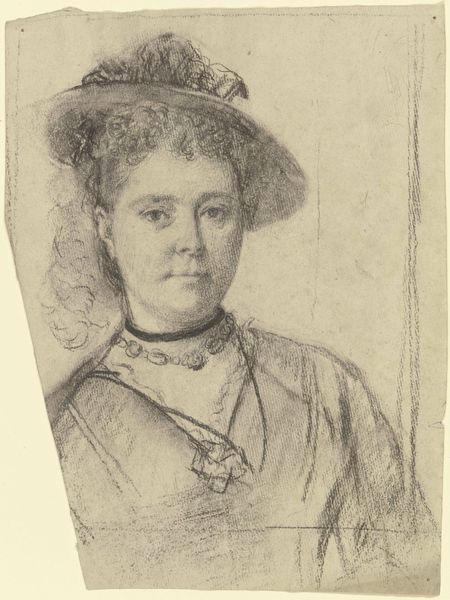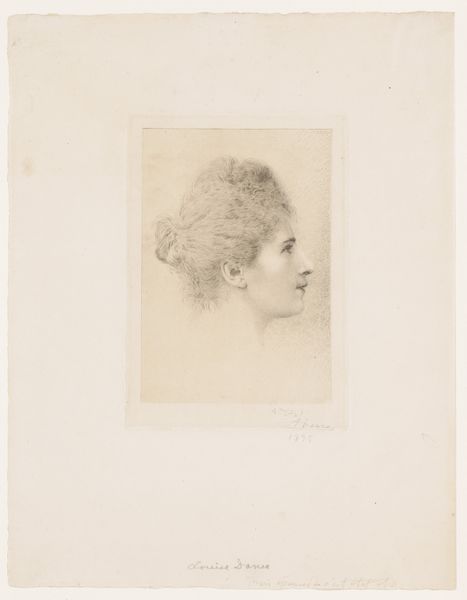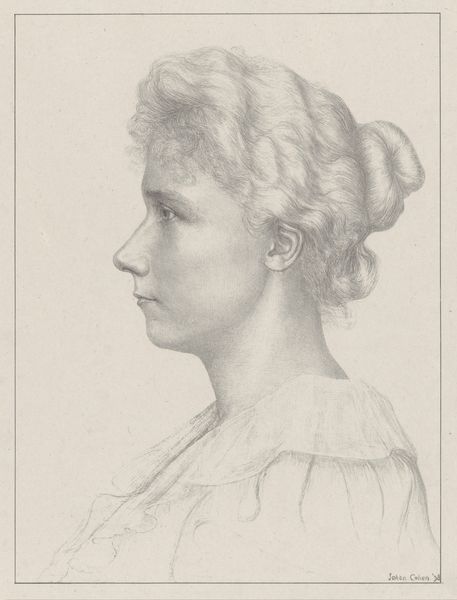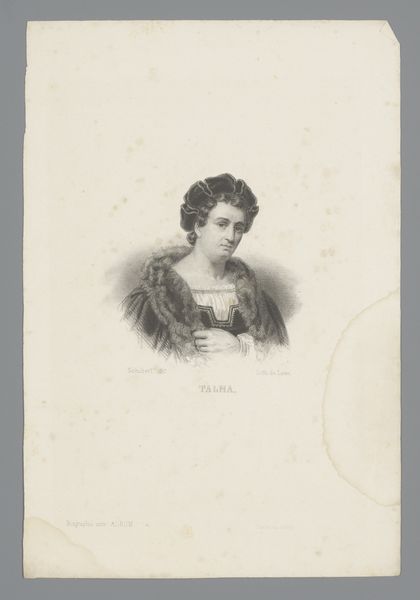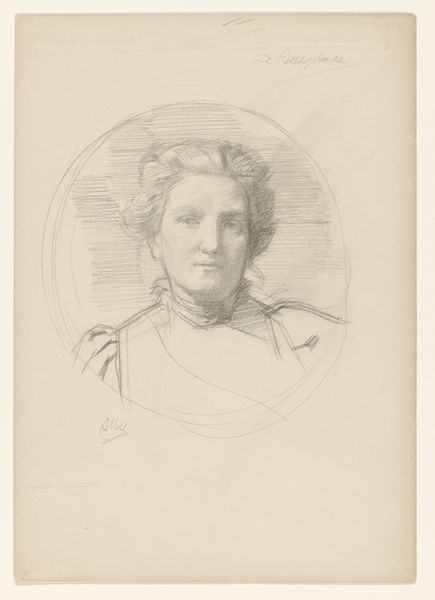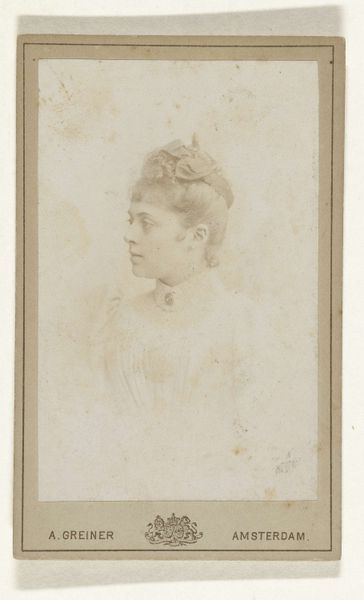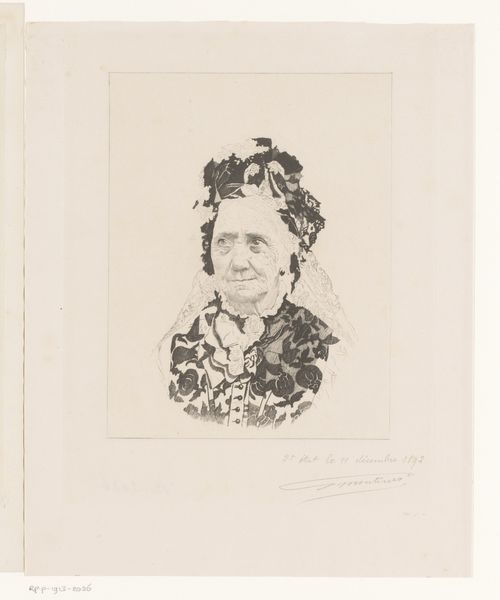
Portret van Emma, koningin-regentes der Nederlanden, en Wilhelmina, koningin der Nederlanden 1928 - 1930
0:00
0:00
drawing, pencil, graphite
#
portrait
#
pencil drawn
#
drawing
#
charcoal drawing
#
pencil drawing
#
pencil
#
graphite
#
portrait drawing
Dimensions: height 131 mm, width 89 mm
Copyright: Rijks Museum: Open Domain
Curator: Right, so here we have Franz Ziegler’s rendering, done sometime between 1928 and 1930, titled "Portret van Emma, koningin-regentes der Nederlanden, en Wilhelmina, koningin der Nederlanden." Quite a mouthful! A double portrait of Dutch royalty rendered in pencil, graphite, and maybe even a touch of charcoal by the looks of it. Editor: It has this soft, almost hazy quality. Like a memory surfacing from a dusty old album. A very dignified memory, of course! There’s a palpable sense of…well, formality. But also fragility, perhaps because of the medium itself. Curator: Absolutely. And Ziegler here walks a tightrope, right? Royalty are tricky subjects. You want to project authority, lineage, the whole weight of the crown, but at the same time, they are human. Mothers, daughters… widows. Emma, of course, was regent for her daughter Wilhelmina. Editor: It is compelling to see them rendered in this intimate style – it reminds us how public and performed these roles always were, that behind all the symbolic weight, were real, complex relationships. Curator: I love how he contrasts textures – Wilhelmina's intricate lace collar with Emma's simpler, more austere dress. Is it me, or do the two queens' noses almost seem to echo each other, one sharper, the other softer? Editor: Oh, absolutely. Ziegler very cleverly uses subtle similarities, to create an unbreakable bond, between these two formidable women. Almost a conversation etched in graphite. It really does humanise these grand figures and their positions in the world. Curator: Indeed. These portraits always invite speculation about the relationship between artist and sitter. One wonders about Ziegler's intention to capture both the formal and the maternal? Did he know both intimately, I wonder? Or did he spend hours absorbing images and constructing his impressions through observation and research? It's like a game of historical connect-the-dots! Editor: Thinking about Ziegler, I can’t help feeling how lucky we are that such portraits have been preserved and collected – serving as beautiful artifacts but also complex evidence that continue to resonate beyond their intended, public sphere. Curator: Yes, and with their blend of power and humanity, they leave you with so much to mull over! Editor: A quiet invitation to reflect on legacies, power, and the human cost of wearing a crown.
Comments
No comments
Be the first to comment and join the conversation on the ultimate creative platform.
